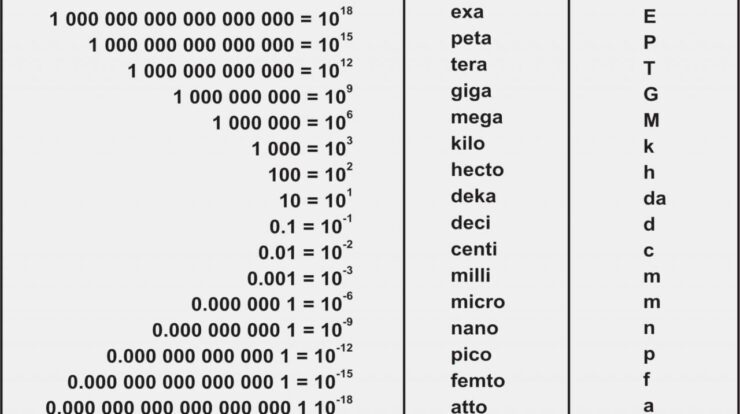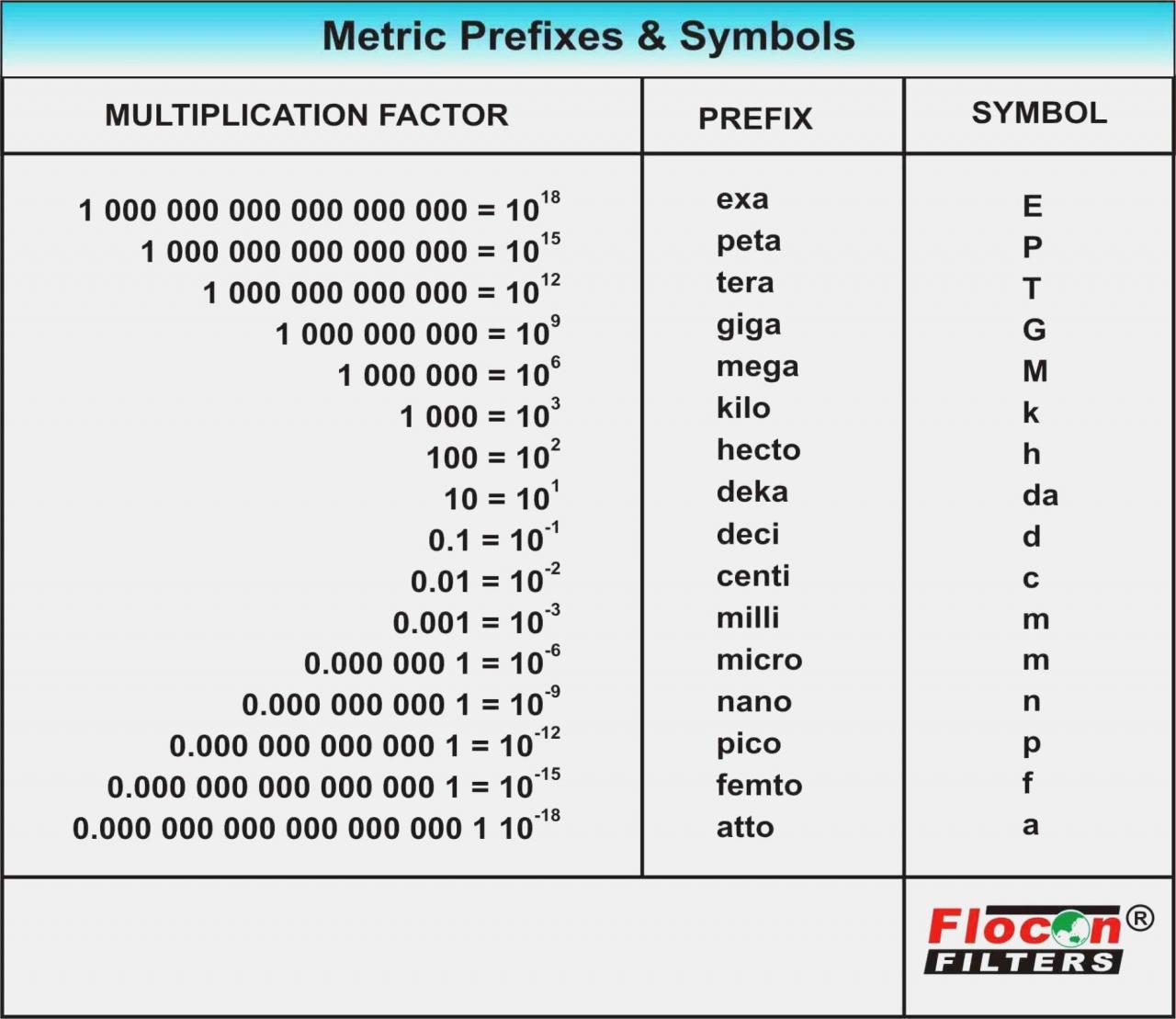
Pico measurement, the precise art of measuring extremely small values, opens a new chapter in scientific exploration, engineering advancements, and medical breakthroughs. From unraveling the intricate details of materials to diagnosing complex diseases, pico measurements empower us with unparalleled insights.
This in-depth guide delves into the realm of pico measurement, exploring its significance, methods, applications, challenges, and future prospects. Join us as we navigate this fascinating field, unlocking the potential for transformative discoveries.
Introduction
Pico measurement is the precise measurement of extremely small quantities, typically in the picosecond (10^-12 seconds) or picometer (10^-12 meters) range. Pico measurements play a crucial role in various scientific and engineering fields, enabling the analysis and manipulation of phenomena occurring at the atomic and molecular level.
Examples of applications where pico measurements are indispensable include high-speed electronics, ultrafast spectroscopy, and quantum computing.
Methods and Techniques
Pico measurements can be performed using a variety of methods, each with its own advantages and limitations. Some common methods include:
- Time-resolved spectroscopy: This technique involves measuring the time-dependent behavior of a sample’s optical properties, providing insights into molecular dynamics and reaction mechanisms.
- Picosecond ultrasonics: This method uses ultrashort ultrasonic pulses to probe the mechanical properties of materials, enabling the detection of defects and characterization of material properties at the nanoscale.
- Picosecond electrical measurements: These measurements involve using picosecond-scale electrical pulses to characterize the electrical properties of materials and devices, including high-speed transistors and integrated circuits.
Instruments and Equipment, Pico measurement
Pico measurements require specialized instruments and equipment capable of generating and detecting ultrashort pulses. These include:
- Ultrafast lasers: These lasers emit pulses of light with durations in the picosecond range, providing the necessary temporal resolution for pico measurements.
- Photodiodes and photomultipliers: These detectors are used to measure the intensity and timing of ultrashort light pulses.
- High-speed oscilloscopes: These instruments are used to capture and analyze picosecond electrical signals.
Applications
Pico measurements have a wide range of applications in science and engineering, including:
- Electronics:Picosecond electrical measurements enable the characterization of high-speed electronic devices, such as transistors and integrated circuits, allowing for the development of faster and more efficient electronic systems.
- Medicine:Picosecond ultrasonics is used for non-invasive imaging and characterization of biological tissues, providing insights into cellular processes and disease mechanisms.
- Material science:Picosecond ultrasonics and spectroscopy techniques are used to study the mechanical and optical properties of materials, enabling the development of new materials with enhanced properties.
Challenges and Limitations

Pico measurements present several challenges and limitations:
- Temporal resolution:The ability to resolve picosecond-scale events is limited by the duration of the measurement pulse.
- Signal-to-noise ratio:Pico measurements often involve detecting very small signals, making it challenging to distinguish them from background noise.
- Cost and complexity:Pico measurement equipment is often expensive and requires specialized expertise to operate.
Future Trends and Developments

Pico measurement technology is continuously evolving, with advancements in methods, instrumentation, and applications. Future trends include:
- Ultrafast lasers with higher repetition rates:These lasers will enable more rapid data acquisition and improved temporal resolution.
- Improved detectors with higher sensitivity:These detectors will allow for the detection of even smaller signals, enhancing the signal-to-noise ratio.
- Integration of picosecond measurements with other techniques:This will provide a more comprehensive understanding of complex systems and phenomena.
Closing Summary
Pico measurement stands as a testament to human ingenuity, enabling us to probe the depths of the physical world with unprecedented precision. As technology continues to advance, the boundaries of pico measurement will undoubtedly expand, paving the way for groundbreaking innovations and shaping the future of science, engineering, and medicine.
Commonly Asked Questions: Pico Measurement
What is the significance of pico measurements?
Pico measurements provide highly accurate and precise data, enabling researchers and scientists to study phenomena at the nanoscale and uncover hidden details that were previously inaccessible.
What are the common applications of pico measurements?
Pico measurements find applications in diverse fields such as electronics, medicine, material science, and quantum computing, where precise measurements of electrical signals, biological processes, and material properties are crucial.
What are the challenges associated with pico measurements?
Pico measurements can be challenging due to factors such as noise, drift, and environmental influences. Overcoming these challenges requires specialized instrumentation and careful experimental design.





